Botanical Garden Tips: How to Make the Most of Your Visit
Botanical gardens offer a serene escape into nature’s beauty, presenting a vast array of plants and landscapes. Visiting these gardens can be both relaxing and educational, providing you with inspiration and practical ideas for your own gardening projects.
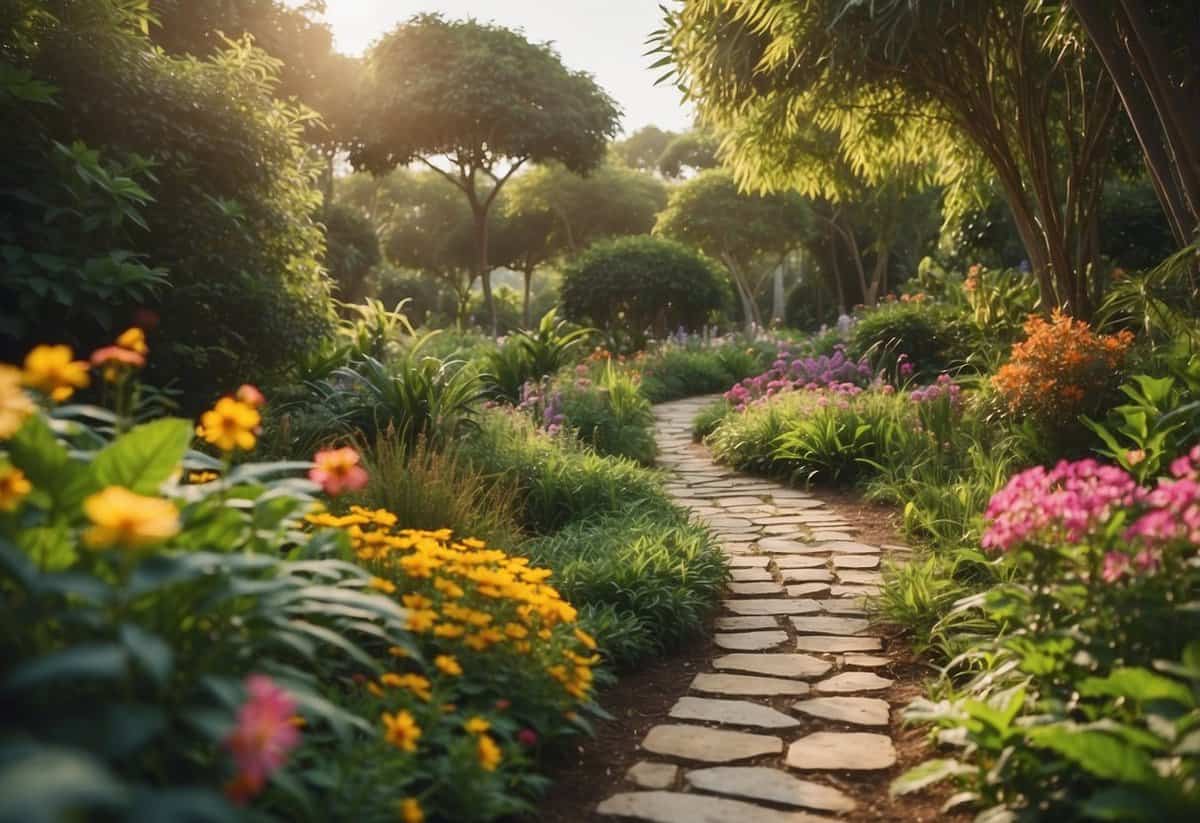
What can you do to enhance your experience when visiting a botanical garden? Whether you’re a seasoned gardener or just starting out, botanical gardens have valuable tips and resources to help you. You’ll discover the best ways to care for different plants, understand seasonal gardening tasks, and even learn about unique plant species that can thrive in your home garden.
1) Visit During Cooler Hours
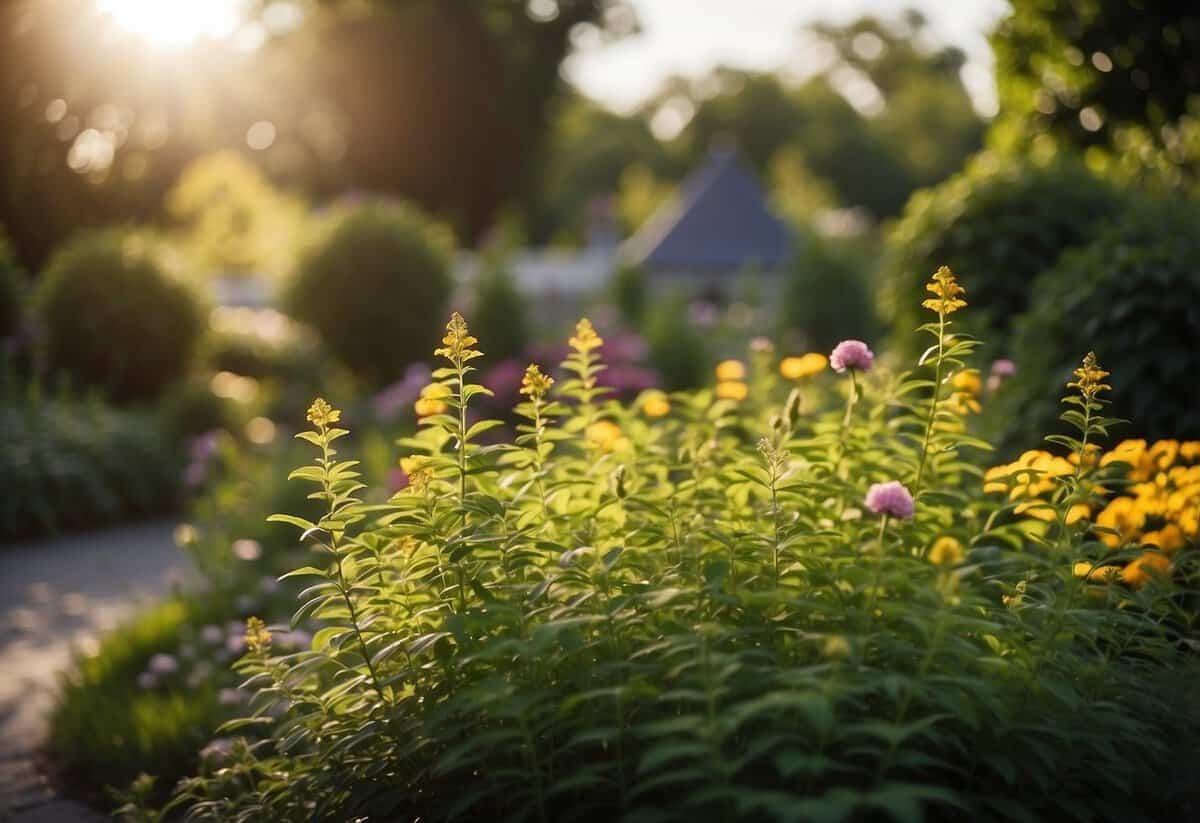
To get the most out of your visit to the New York Botanical Garden, try to go during the cooler parts of the day. Early mornings or late afternoons are perfect times. You’ll find it more comfortable to walk around and explore without the intense midday sun.
Plus, you’ll likely encounter fewer crowds. Weekdays can also be quieter, giving you a chance to enjoy the gardens peacefully. This way, you can take in the beauty of the plants and landscapes without feeling rushed or overheated.
Remember to bring a water bottle to stay hydrated!
2) Use a Plant Guidebook

A plant guidebook can be incredibly helpful when gardening. It provides step-by-step instructions and tips for various plants. This makes it easier to grow and care for your garden.
Guidebooks often come with pictures and detailed descriptions. These can help you identify plants and understand their needs better. The Brooklyn Botanic Garden offers a useful 100 Garden Tips and Timesavers.
Keep your guidebook handy while working in your garden. It’s a great resource for on-the-spot advice and inspiration. Happy gardening!
3) Bring a Camera

Capturing the beauty of a botanical garden is a wonderful experience. Make sure to bring your camera.
You can shoot close-up photos of flowers and plants to catch their intricate details. Use natural light to highlight their colors and textures.
Experiment with different angles to make your shots unique. Try shooting from above or getting low to the ground for interesting perspectives.
For more tips on plant photography, check out these tips from professional photographers.
4) Stay Hydrated

When visiting a botanical garden, it’s crucial to keep yourself hydrated. Bring a reusable water bottle so you can sip water throughout your visit.
If the garden has water fountains, make sure to refill your bottle regularly. On hot days, take frequent breaks in shaded areas to avoid heat exhaustion.
Wearing a hat and light clothing can also help you stay cool and hydrated. Enjoy your time surrounded by nature without feeling thirsty.
5) Wear Comfortable Shoes

When visiting a botanical garden, wearing comfortable shoes is a must. You will likely walk a lot, so choose shoes that provide good support.
Opt for closed-toe shoes to protect your feet from dirt and debris. Breathable materials can help keep your feet cool and dry.
Comfortable walking shoes with good arch support, like those with a breathable mesh upper, are ideal for long strolls among the plants.
6) Respect the Wildlife

When visiting a botanical garden, staying mindful of the wildlife is important. Birds, insects, and small mammals are a part of the garden’s ecosystem.
Don’t feed the animals. Feeding them human food can be harmful to their health.
Be mindful of your surroundings. Watch where you step and avoid disturbing nesting areas. Learn more tips at ReserveAmerica.
7) Pack a Picnic

Bring delicious food to enjoy during your visit. Simple and light items like cucumber sandwiches, pasta salad, and fresh fruit are great choices.
Don’t forget your essentials: a picnic blanket, plates, utensils, and cups. To stay eco-friendly, consider using reusable tableware and water bottles.
A waste-free picnic can make for a greener experience.
8) Take a Guided Tour

Taking a guided tour can enhance your visit to a botanical garden. You’ll get insights from experts who know the plants and their histories.
Many botanical gardens offer free tours. For example, the San Francisco Botanical Gardens have tours that leave from the main gate several times a week. No pre-registration is needed, but it’s recommended.
Whether it’s a self-paced audio tour like at the U.S. Botanic Garden or an in-person guide, these tours add a layer of knowledge to your experience.
9) Learn the Botanical Names

Learning botanical names might seem tricky, but it can be fun and rewarding. Start by making flash cards with a picture of the plant on one side and its botanical name on the other. Practice regularly.
Knowing that family names end in “-aceae” can help you remember them. Focus on the first part of the family name to make it easier (source).
Also, break down the names to understand their meaning. For example, “alba” means white, and “macro-” means big (source). This can make remembering them much easier.
10) Focus on Seasonal Highlights
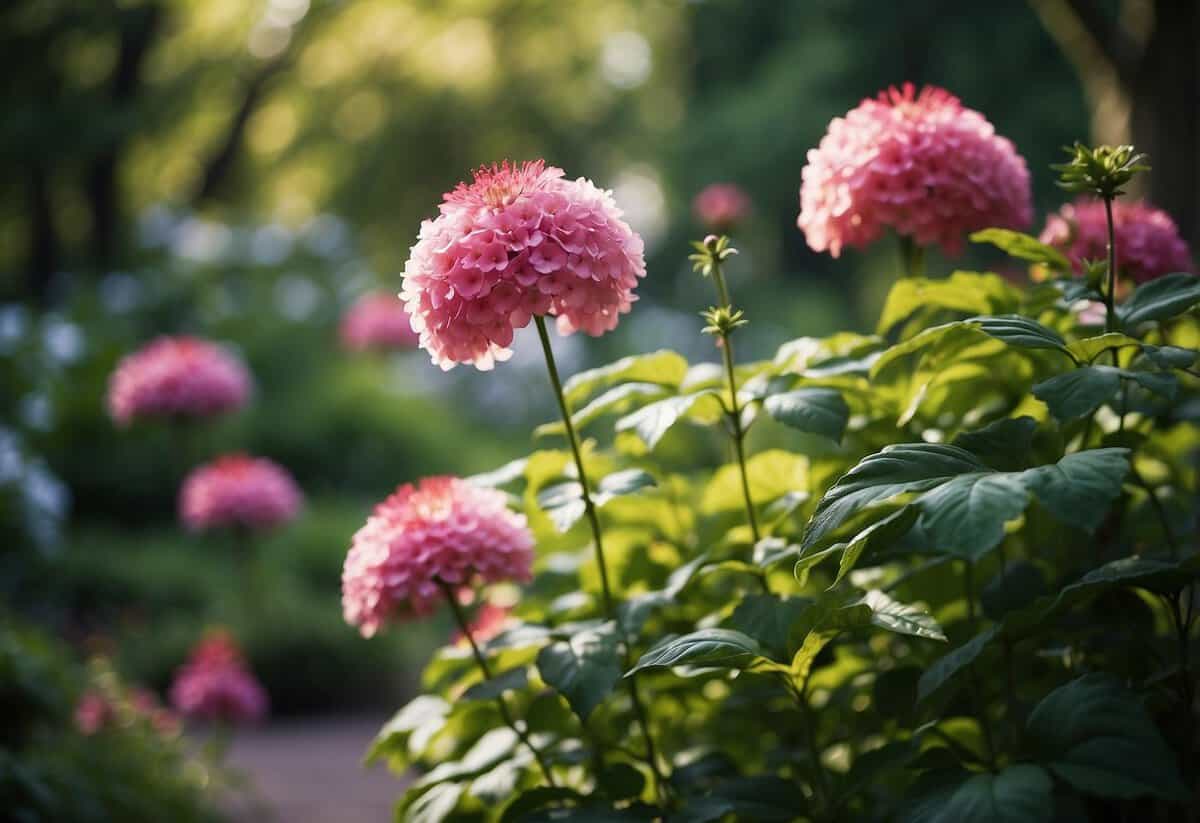
Pay attention to seasonal highlights to keep your botanical garden stunning all year. Each season has plants that shine, offering unique beauty and interest.
In spring, enjoy blooming bulbs like daffodils and tulips. Summer brings vibrant flowers such as lilies and sunflowers.
Fall is ideal for planting mums and asters. Winter gardens can feature evergreens and holly, keeping your space lively even in colder months.
Visit places like the Oxford Botanic Garden to see seasonal highlights in action. Their water lilies are a fantastic example of summer brilliance.
Planning Your Visit
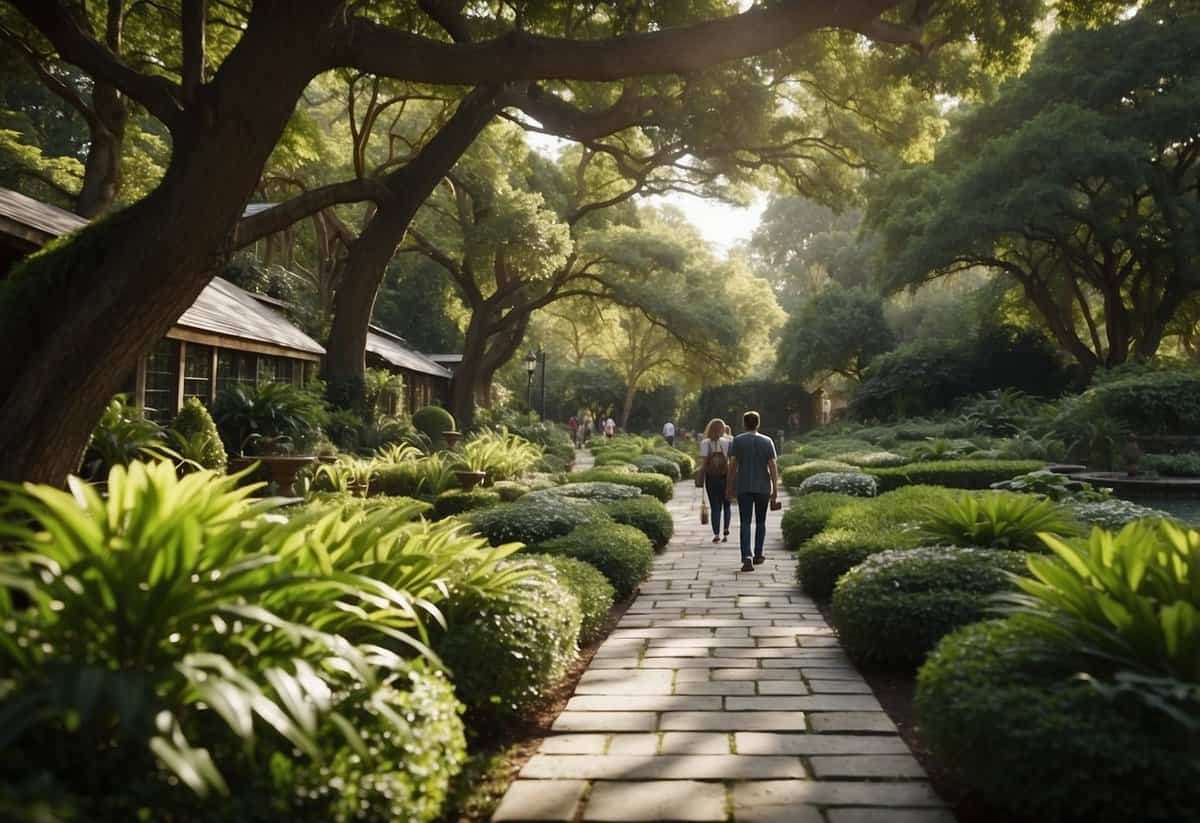
Planning a visit to a botanical garden requires considering the best time to go and ensuring you have your tickets or membership ready. These steps help you enjoy your experience to the fullest.
Choosing the Best Time to Visit
Botanical gardens can be busy, especially during weekends and holidays. For a peaceful visit, try to go on weekdays, preferably in the morning. Spring and summer months showcase the most vibrant blooms, but they also attract more visitors.
Check the garden’s website for special events or exhibits that might interest you. Some gardens offer evening hours during certain seasons, providing a cooler and less crowded experience. If you prefer quiet and solitude, visit during off-peak times like early spring or late fall.
Securing Tickets and Memberships
Before heading to the garden, check if you need to buy tickets in advance. Many popular gardens require reservations to manage crowds and ensure a pleasant experience for all visitors. You can easily purchase tickets online through the garden’s official site.
Consider getting a membership if you plan to visit regularly. Memberships often offer benefits like free entry, discounts at the garden shop, and special members-only events. They can also be a great deal if you live nearby and love spending time among the plants.
For assistance with tickets or memberships, you can contact the New York Botanical Garden Visitor Services. Remember to take advantage of any discounts or special promotions available.
Maximizing Your Experience
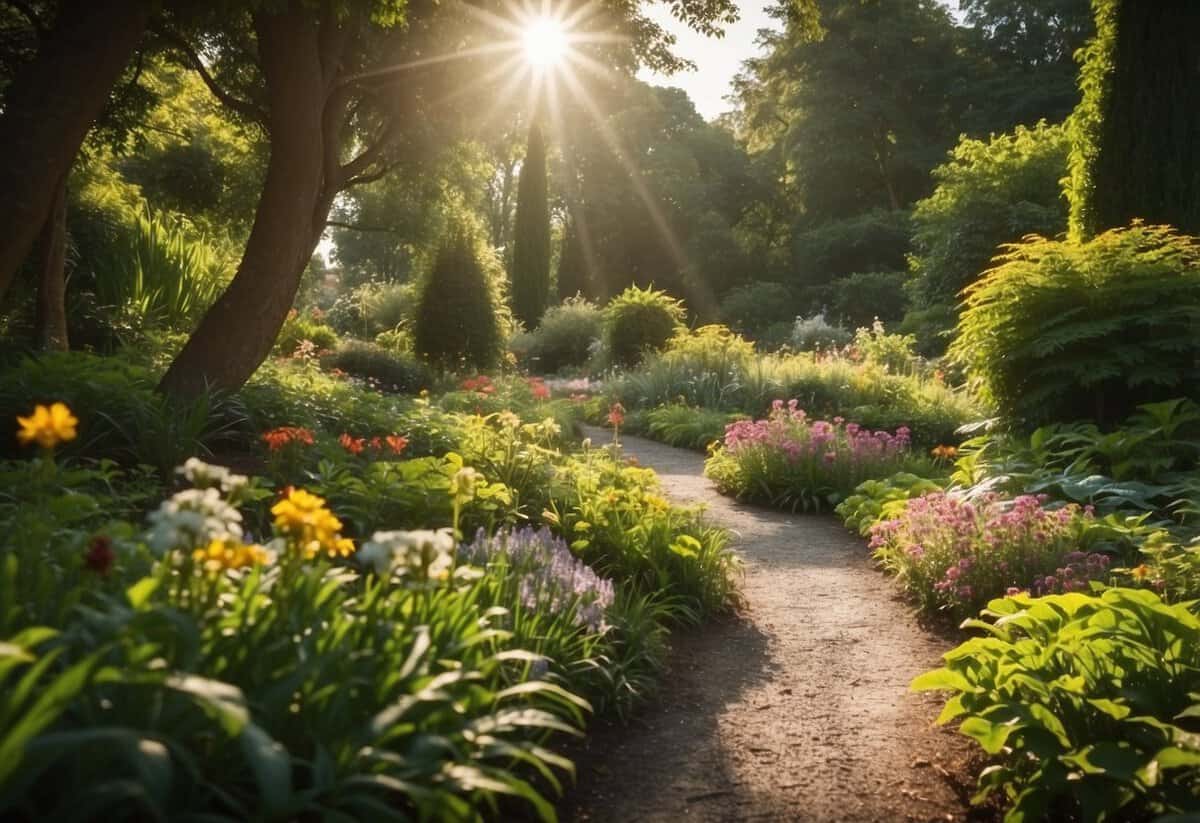
To make the most of your botanical garden visit, it’s important to know how to navigate the garden layout and engage with special exhibits. These tips will help you have a fulfilling and memorable experience.
Navigating the Garden Layout
Before heading out, obtain a map of the botanical garden. Many gardens provide maps at the entrance or on their website. With a map, you can plan your route and identify must-see areas.
Highlight specific themes or sections on the map that catch your interest. Whether it’s the rose garden, cactus collection, or tropical greenhouse, knowing where you want to go first can save time.
Comfortable shoes make a world of difference. Gardens are designed for walking, so ensure you’re dressed comfortably for the terrain and weather.
Consider planning your visit during off-peak hours if you prefer a more tranquil experience. Early mornings and weekdays are usually less crowded.
Engaging with Special Exhibits
Botanical gardens often feature special exhibits that change throughout the year. Check the garden’s website for current or upcoming events before your visit.
Special exhibits might include seasonal flower displays, visiting artist installations, or unique plant collections. These are excellent opportunities to see rare or unusual plants.
Attend guided tours or informational talks if available. These are often led by knowledgeable staff and offer deeper insights into the exhibits and overall garden.
Interactive displays or hands-on activities can enhance your experience. Engage fully with these elements to learn and appreciate the garden’s offerings on a deeper level.
By focusing on navigating the garden layout and engaging with special exhibits, you can ensure a rich, enjoyable visit.







